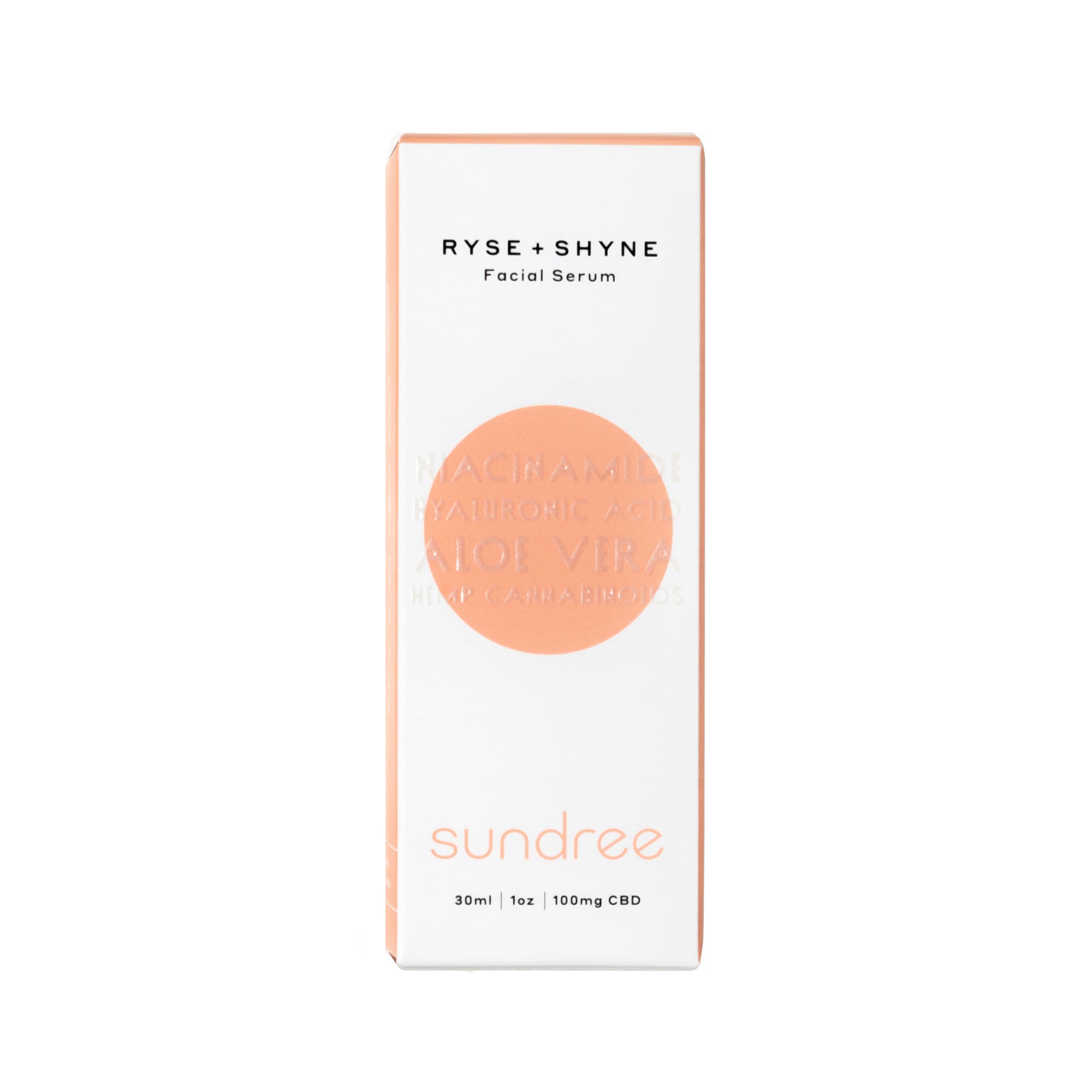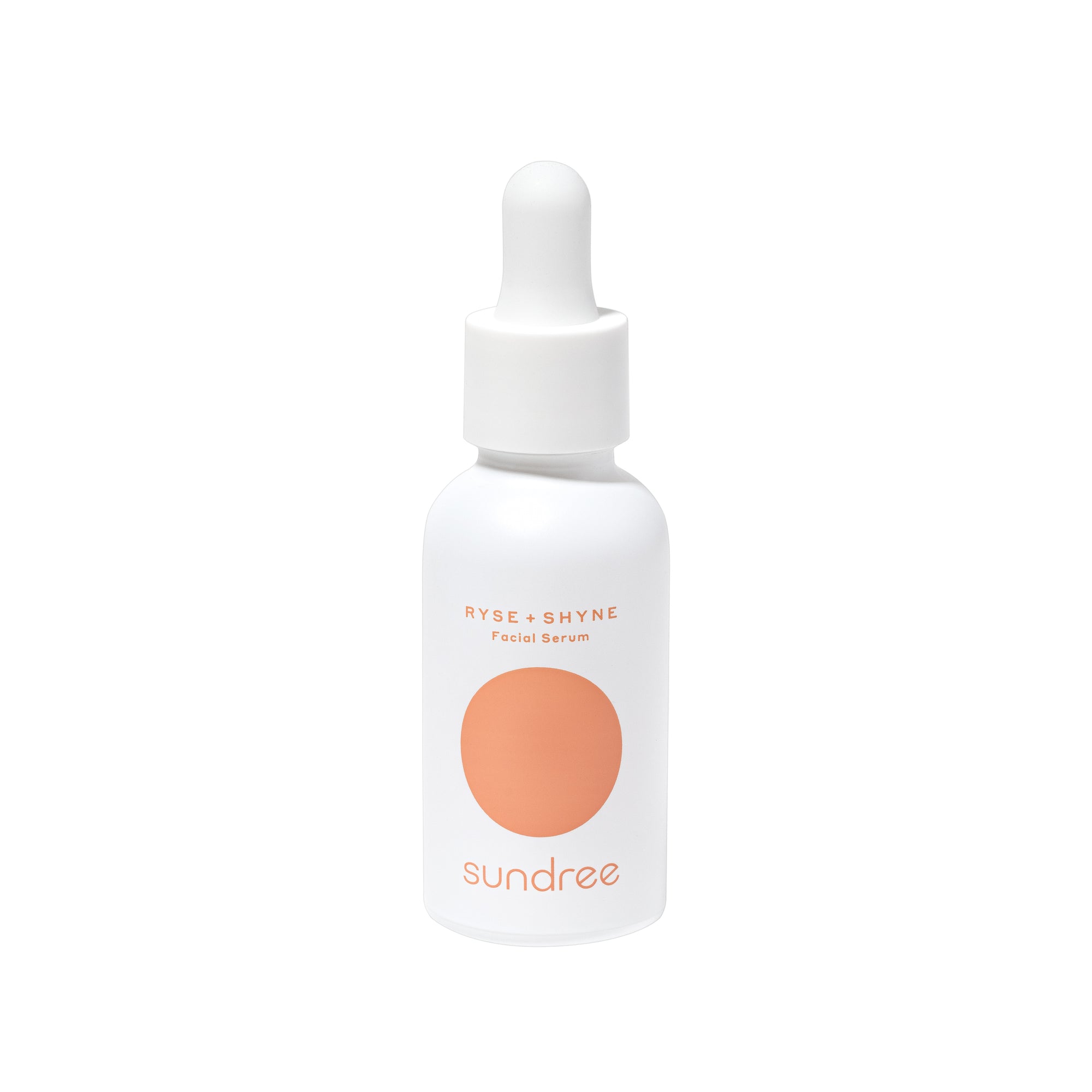Have you ever looked closely in the mirror and noticed little blotchy red spots or lines on your face that don’t seem to go away? These veiny red marks on the face are probably broken capillaries. Broken capillaries appear when the blood vessels on the face are broken or dilated. This can result in a lingering red mark under the skin's surface.
Even though having broken capillaries on your face is not the end of the world, many people find them annoying and want to get rid of them. Luckily, you can get rid of them and take specific preventive measures to ensure you don’t get them back. Keep reading to learn about broken capillaries and how to treat or prevent them.
What are Broken Capillaries?
As the name suggests, broken capillaries result when blood vessels in different areas of the skin break or dilate. They appear just under the superficial or top layer of the skin and appear as tiny little red splotches or lines that seem to linger on. If you look at them closely, they’ll appear to have very narrow, veiny, or spidery legs. Sometimes, they may even look like winding red lines or veins. They are common on the face and mainly occur around the nose, chin, and cheeks.
People with fair complexions are more prone to having noticeable spider veins; Moreover, if you struggle with sensitive skin, acne breakouts, or rosacea, you are more predisposed to broken capillaries.¹
What Causes Broken Capillaries?
Broken blood vessels can also be seen on the legs, and chest, where they appear as small, red lines or marks that spread out in the form of a web. These web-shaped lines can be treated once you know the underlying cause that’s paving their way.
- Sun exposure - This is one of the leading reasons that can result in blood vessels becoming enlarged and getting closer to the skin's surface. Appropriate sun protection can help prevent broken capillaries.
- Genetics - One reason some people have a higher chance of getting broken capillaries than others is genetics. If you have a family member with broken capillaries skin condition, you are also more likely to have it.
- Inflammatory skin conditions - Skin problems that cause inflammation, specifically rosacea, are a common reason people have broken capillaries on their face, because this condition dilates veins and causes the skin to flush and redden.
- Weather changes - Sudden and extreme weather changes can significantly impact the blood circulation in the body, drawing more blood to the face and causing the skin to flush. This can lead to vessels bursting and the appearance of spider veins.
- Pregnancy - Hormonal fluctuations women undergo during pregnancy can also cause blood vessels in the skin to dilate and burst, which causes the skin to have web-shaped veins. This problem often goes away after pregnancy.
- Trauma - Injuries to the face can also cause this problem. Broken capillaries due to trauma often disappear as the bruise heals.
- Changes in pressure - Extreme and abrupt changes in pressure can cause small blood vessels beneath the skin to break. This change in pressure can be caused by very forceful sneezing and vomiting.
- Environmental toxins² - Our skin gets regularly exposed to various toxic chemicals or environmental impurities, which may cause skin damage and inflammation. This skin damage can lead to broken capillaries and make them more prominent on the skin.
- Alcohol Consumption - Alcohol is another element that can be behind the appearance of these small spidery lines on the skin. Consuming it frequently can cause chronic spider veins and flushing on the skin.
How to Treat Broken Capillaries?
While broken capillaries are harmless and painless, they can be bothersome for some people who don’t feel comfortable with their skin looking red and uneven. The good news is that this skin issue is generally treatable. After determining what’s causing them to occur on your face, the next step is finding a suitable treatment option. If broken vessels have become a nuisance for you, here’s how you can treat them:
Use Anti-Inflammatory Products - Skincare products aimed at targeting and treating inflammation on the skin are made with ingredients that soothe the skin and reduce redness. Anti-inflammatory products are particularly tailored with gentle and calming compounds that don’t irritate the skin or cause any other adverse effect. Moreover, they contain cell-repairing agents, which help to heal damaged skin. These exclusively formulated products can prove to be a fast and effective treatment for broken capillaries as they can be useful in healing broken blood vessels and calming down the redness caused by them.
Some ingredients to look for include hyaluronic acid, ceramides, vitamin C, licorice extract, rosehip oil, niacinamide, green tea extract, chamomile, and calendula. You can also use a prescription topical, like retinoid, for treating spider veins after consulting with your dermatologist.
Get Laser Treatments - The fastest way of getting rid of broken capillaries on the skin is to invest in a clinical procedure, especially a laser treatment known to repair the skin and reduce redness. Laser treatments are commonly used for vascular lesions, such as broken capillaries.
Laser treatments do their job by increasing the temperature of the blood in the veins, which causes inflammation and scarring in the vessels. This procedure results in fading away of the broken capillaries within a few weeks after the treatment. Laser treatment for broken capillaries isn’t painful as it may sound. It only causes slight discomfort, and the session only takes a few minutes.
Try Home Remedies - Home remedies may work slowly and show less noticeable results than skincare products and in-clinic treatments. So, you will have to be consistent and patient while using home remedies to reduce redness and blotchiness on the skin.
Some natural ingredients that can be used as home remedies for spider veins include arnica oil, apple cider vinegar, witch hazel, aloe vera, sage, yarrow, rosehip, calendula, oat, green tea, and chamomile.
A cold compress can also be applied to the face to soothe the skin and minimize redness caused by broken blood vessels. You can use an ice bag or just a bag of frozen peas for this purpose.
How to Prevent Broken Capillaries?
Once you’ve successfully gotten rid of spider veins on your face, the best thing to do is to adopt a preventive approach to make sure you don’t have to deal with this skin problem in the future. Below are a few things you can do to prevent broken capillaries from reappearing:
Avoid Sun Damage - Since sun damage is among the top causes of broken capillaries, it’s crucial that you keep your skin sun protected.³ Always slather on ample sunscreen lotion, gel, or cream during the day.
Don’t Use Hot Water - When you splash hot water on your face or take a hot bath or shower, you’re making your skin susceptible to broken capillaries. Hot water speeds up blood flow and causes the blood vessels to dilate or break, leading to redness. Hence, use cool or tepid water to wash your face.
Keep Your Skin Moisturized - Keeping the skin moisturized can help to prevent various skin woes, including broken blood vessels. Dry and dehydrated skin is more likely to get irritated and inflamed, which increases the likelihood of broken capillaries. Also, moisturized skin strengthens the skin’s barrier, preventing skin damage due to external irritants.
Store Skincare Products in the Fridge - Besides prolonging the life of your skincare products, storing them in the refrigerator can also yield some skin benefits. Your serums, moisturizers, and toners provide soothing and cooling effects when kept in the fridge, which helps to prevent inflammation and redness.
Final Thoughts
You most likely have broken capillaries or spider veins if you notice redness and blotchiness on your face. They commonly appear on the face, chest, and legs. Although broken capillaries may seem annoying, this condition will not cause pain or discomfort.
Several reasons can cause broken capillaries to appear on the face, such as sun exposure, genetics, inflammatory skin conditions, changes in weather, pregnancy, trauma, changes in pressure, and environmental toxins. But, no matter how frightening broken capillaries may sound, don’t worry; there are ways to treat and prevent them, which include topical treatments, clinical procedures, and home remedies.
Citations:
- Watson, Stephanie. (2021). ‘What Is Rosacea?’, WebMD. Accessed December 16, 2022. Available at: https://www.webmd.com/skin-problems-and-treatments/understanding-rosacea-basics
- Leonard, Libby. (2022). ‘Environmental Toxins 101: Everything You Need to Know’, EcoWatch. Accessed December, 17, 2022. Available at: https://www.ecowatch.com/environmental-toxins-guide.html
- Brooklyn. (2022). ‘How to Treat Sun-Damaged Skin’, Sundree. Accessed December 17, 2022. Available at: https://sundree.com/blogs/news/sun-damaged-skin-and-how-to-treat-it













